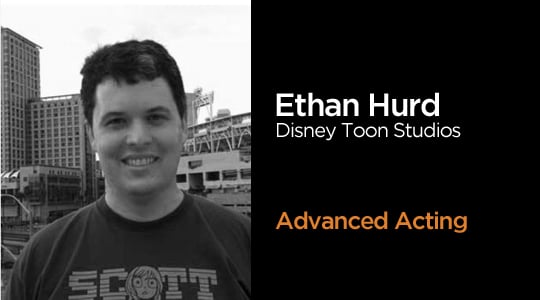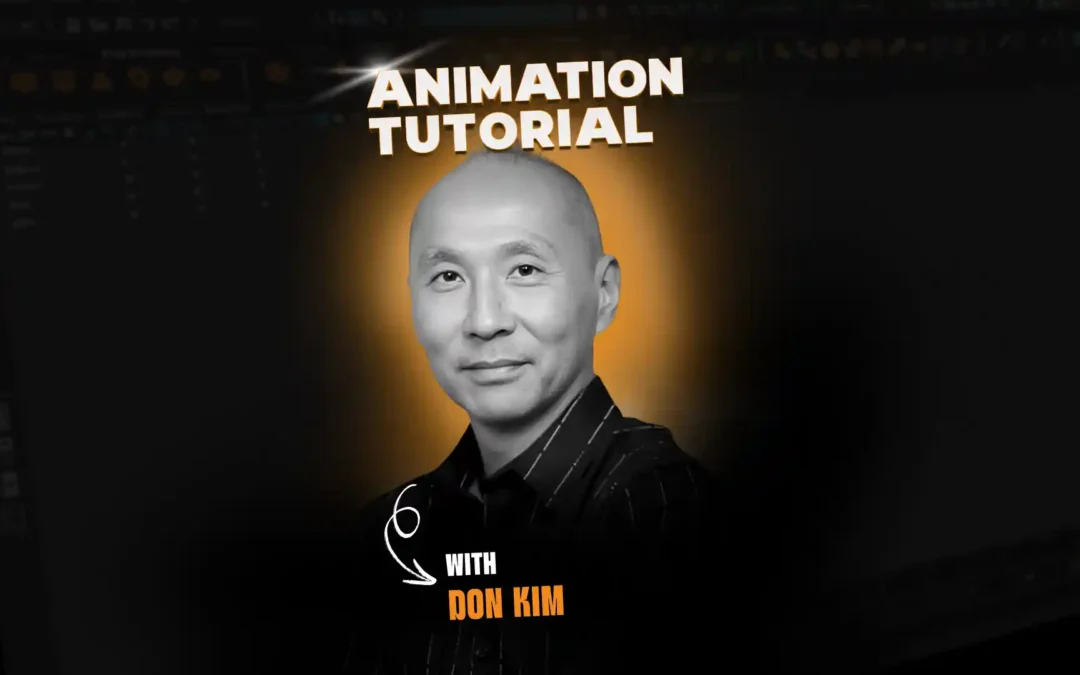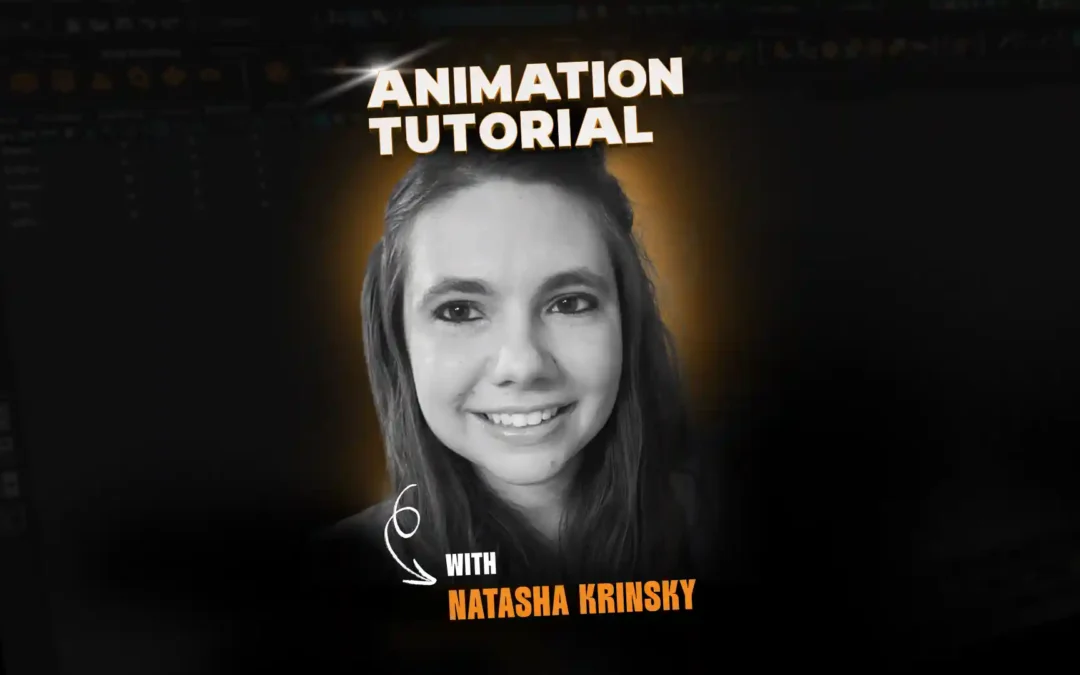
What do cute fuzzy bunnies and the Joker from The Dark Knight have in common? They’re both incredibly appealing. I bring this up to get a simple idea out of the way before I continue this article. Subject matter has nothing to do with appeal, disturbing can be just as appealing as cute. The difference between appealing and not appealing is not subject matter, it’s what you do with it, it’s presentation.

Appeal is the culmination of all the other principles above it, plus something extra.All of the principles have a clear definition, pictures you can point to with confidence and say “that is what that principle means.” But not appeal. Appeal is subjective, but despite its subjective nature, Frank and Ollie put it on the list. They didn’t do it to round out the list, to make it an even number. They did this because appeal is the most important principle of animation. It’s my opinion that its position on the bottom of the list is not a mistake. Appeal is the culmination of all the other principles above it, plus something extra. That something extra is what I want to focus on. But before I can do that I have to explain why it is the culmination of all the other principles. All the other principles are about creating believable animation, but we modify them to suit our needs. Take a look at these two pictures.
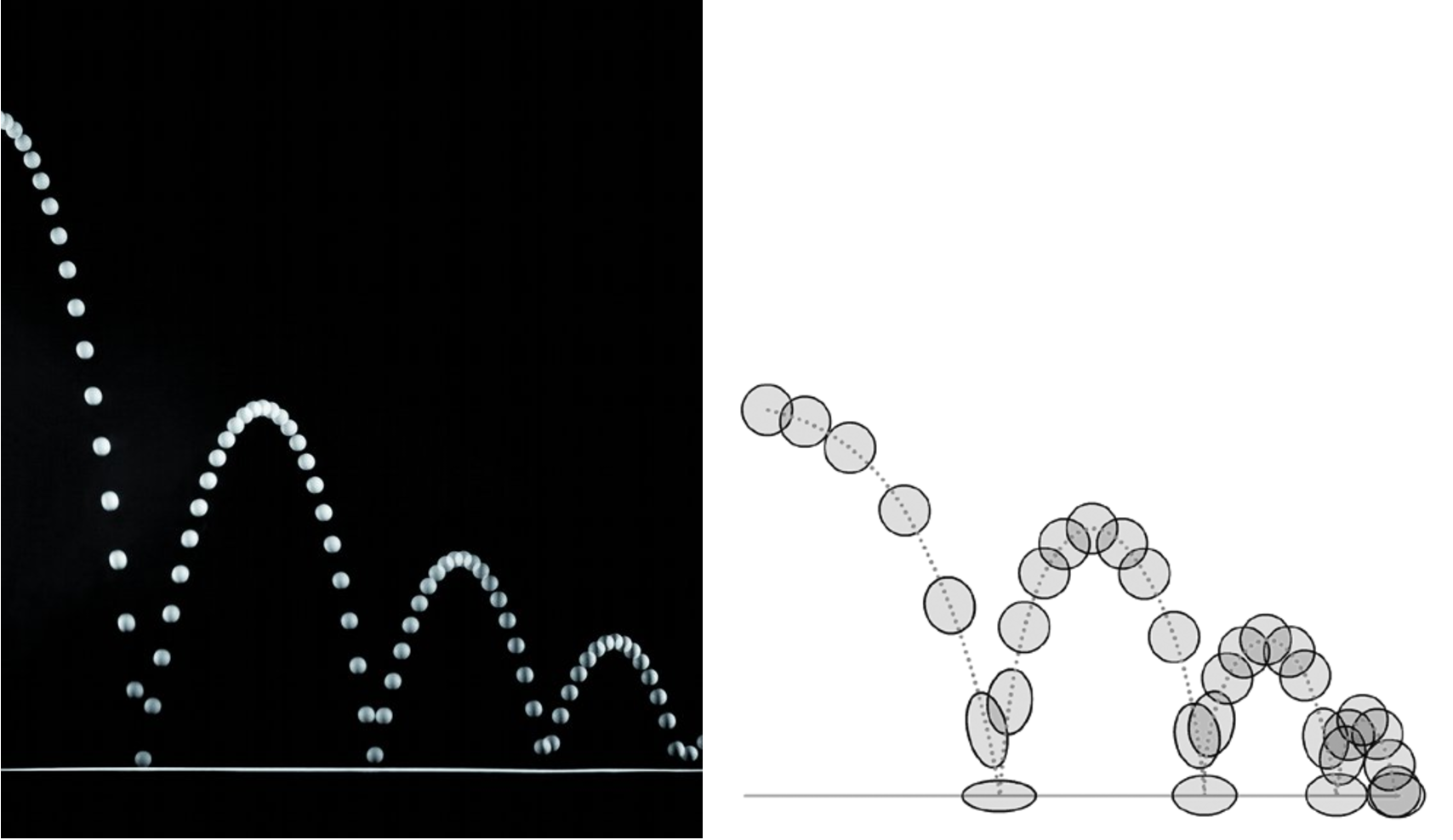
These two pictures!
They’re both bouncing balls. On the left is a real world example of a bouncing ball, on the right is the cartoonish way we animate a bouncing ball. Note that in real life the squash and stretch is hard to see, but in animation we do it clearly. So if our goal is creating believable animation then why do we do it? We do it because it’s appealing—seeing squash and stretch shows change, change from one state to another, change can be appealing if done right. Yes, you could argue that squash and stretch does happen in real life. Some of it happens when you hit the ball really hard and it is also simulating motion blur, but that’s not really the point. The point is: if, as animators, we are so focused on re-creating reality, we can often overlook appeal. If we do that, it doesn’t matter how accurate our animation is because no one will care. But if we include things like squash and stretch, the animation becomes more interesting to look at. Let’s show another example. In the third act of Bambi, Thumper hops away from an attractive bunny and suddenly his brain registers the fact that she’s attractive, and he literally freezes in mid-air. Because Bambi is a film that is full of beautiful and realistic images, this Tex Avery-like freeze is kind of out of place with the style of the rest of the film. It breaks the rules of the world. There is no ease-in-out or overlap, just a bit of overshoot, otherwise physics literally stops. But no one thinks twice about it, because it’s funny. It expresses the emotion behind what has just happened and puts appeal above the believability of the event.
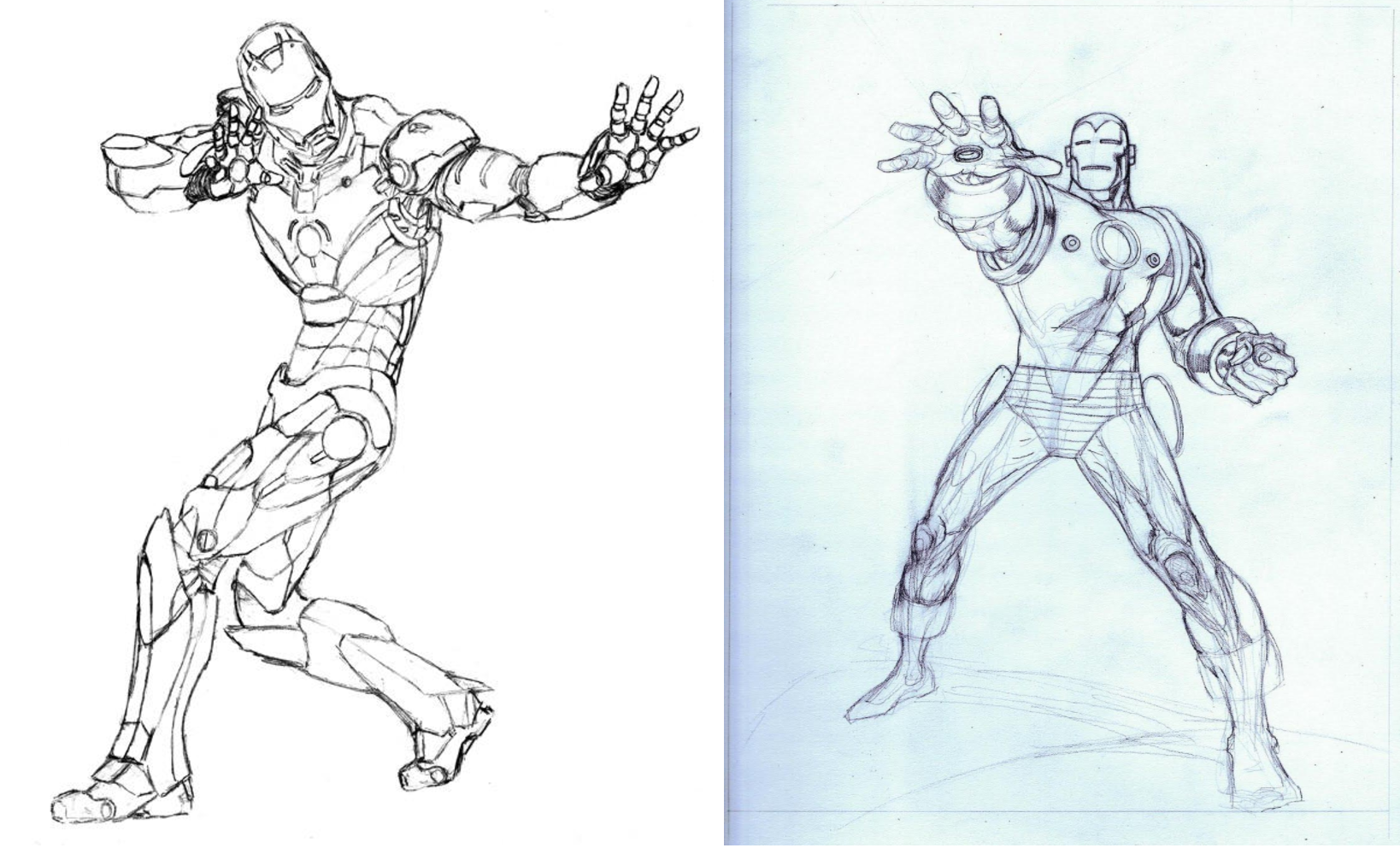
All the other principles are about creating believable animation, but we modify them to suit our needs.Appeal is a huge topic and there’s so much more I can say about it, but I’ll leave you with this. As animators we tend to be attracted to rules and principles. These rules help us to know if we are animating “correctly.” There is nothing wrong with that, and I do it myself. But those rules can only tell you so much. At the end of the day, it’s up to you to decide which rules to follow and which rules to break. You do that by knowing what it is you are trying to say. When you do your own work, approach it with appeal in mind. See if it improves your shot. Click here to learn about the other principles!
